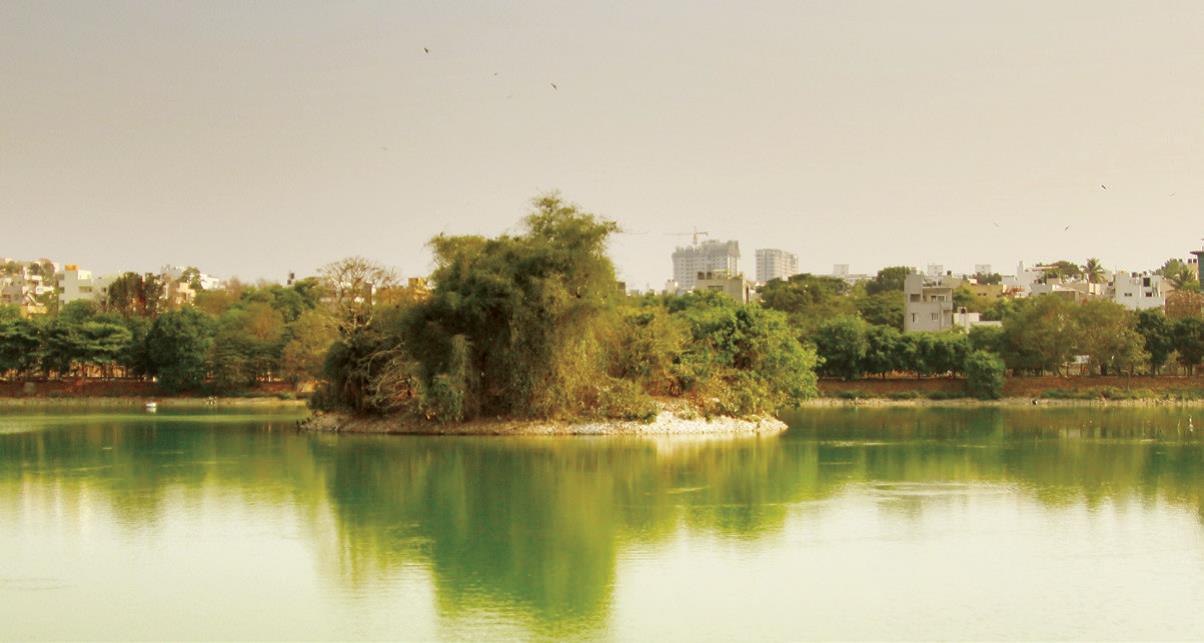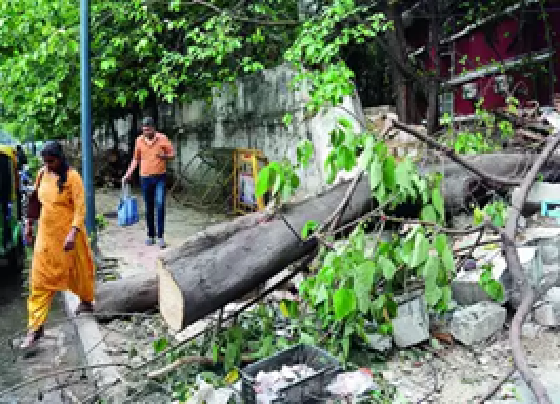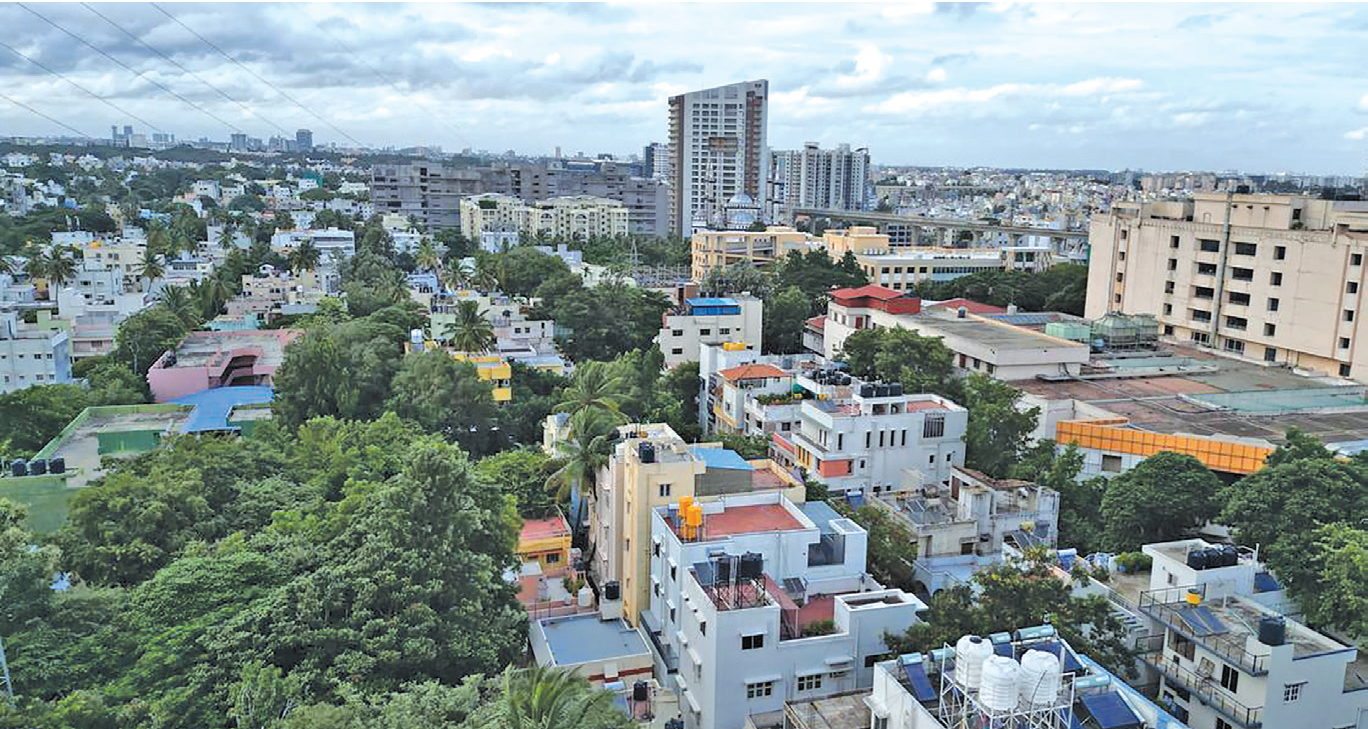
Are Bengaluru lakes ready for monsoon? Experts say no, but hope is in the air
Bengaluru, NT Bureau: Bengaluru, often referred to as the “Garden City”, is dotted with numerous lakes that serve as crucial water sources and ecological habitats. However, as the monsoon approaches, these lakes face a barrage of challenges that threaten their health and functionality.
Despite years of recurring issues, effective and sustainable solutions remain elusive.
Persistent problems
Raghavendra B. Pachhapur, an activist with ActionAid Association, highlights the recurring issues that plague Bengaluru’s lakes each monsoon season.
A primary concern is the neglect of storm-water drains and rajakaluves (large storm-water drains), which are never cleared of silt and debris.
This leads to silt-laden water flowing into the lakes, causing environmental repercussions, including fish kills. Kothanur Lake experienced several fish kills recently, signaling the onset of yet another problematic monsoon season.
The desilting of storm-water drains is crucial. Although the Bruhat Bengaluru Mahanagara Palike (BBMP) claims to undertake this task, their efforts are often incomplete.
“Even when silt is removed, it is frequently left on the banks of lakes, where it easily gets washed back into the water bodies with the slightest rain or wind,” allege residents.
This cycle of inadequate maintenance exacerbates the problem each year as the amount of garbage, sewage, and silt increases.
Another issue, as explained by Raghavendra B. Pachhapur, is the blockage of diversion channels designed to prevent sewage from entering the lakes.
“These channels, located at the mouth of lake inlets, often get clogged with solid waste. When this happens, untreated sewage flows directly into the lakes, leading to severe pollution. The recent incident at Seegehalli Lake, where tonnes of solid waste entered following rain, underscores this problem,” he said.
Similarly, Sandeep Anirudhan, the convener of Whitefield Citizens Ward Committee, shared that Sheelavanthakere Lake in Whitefield suffered when sewage gushed into its catchment area due to a blocked diversion channel after rainfall.
The impact on aquatic life is devastating, says Raghavendra B. Pachhapur, citing another recent incident where thousands of fish were found dead at Heseraghatta Lake’s eastern bank last month, and Ramasandra Lake reported multiple fish kills just two weeks ago.
“The recurring nature of these incidents points to systemic issues in lake management and maintenance,” he lamented.
Lack of monsoon preparedness
According to both Raghavendra B. Pachhapur and Sandeep Anirudhan, the BBMP and the storm-water drain department have consistently failed to implement proactive measures to prepare for the monsoon.
He stated that their response typically begins only after the rains have started, by which time the damage is already done. The lakes become receptacles for pollutants and garbage, severely affecting their flora and fauna.
“This is a basic thing,” Pachhapur argues.
“If all kinds of pollutants and garbage easily flow into the lake, how will the flora and fauna there survive?”
This negligence has been a persistent issue, occurring year after year without significant improvement.
Is there hope?
Despite the challenges, there are success stories that offer hope for Bengaluru’s lakes. The Kothanur Lake, Dorekere Lake, Doddakallasandra Lake, Kengeri Lake, and Chunchaghatta Lake have seen improvements in recent years due to the implementation of simple, yet effective, solutions.
A key strategy has been the prevention of plastic waste from entering the lakes. Raghavendra B. Pachhapur notes that this approach is straightforward but has proven difficult for the BBMP to implement effectively.
Maintenance contractors often collect plastic and trash only to leave it in the bund region, where it eventually gets washed back into the lakes due to wind or rain. Pachhapur suggests that consistent and thorough removal of trash from the lake vicinity could revive many of the city’s lakes.
This involves not just removing the waste but ensuring it is properly disposed of away from the water bodies. Such practices, if adopted across the city, could significantly improve the condition of Bengaluru’s lakes.
 English daily published in Bengaluru & Doha
English daily published in Bengaluru & Doha






